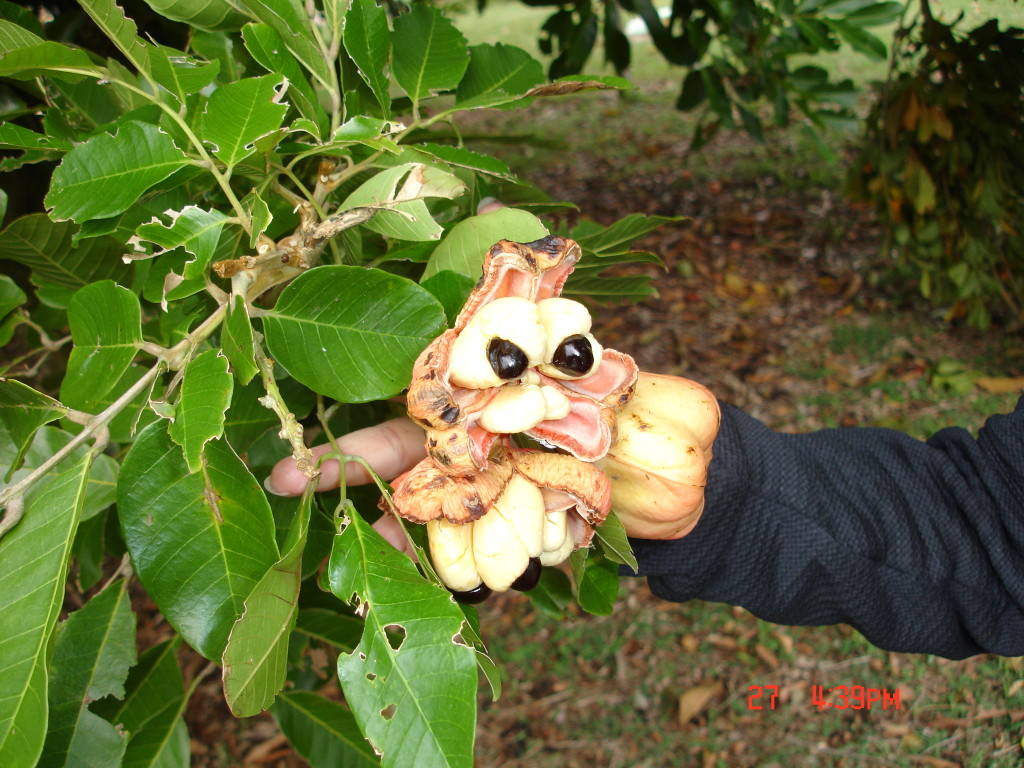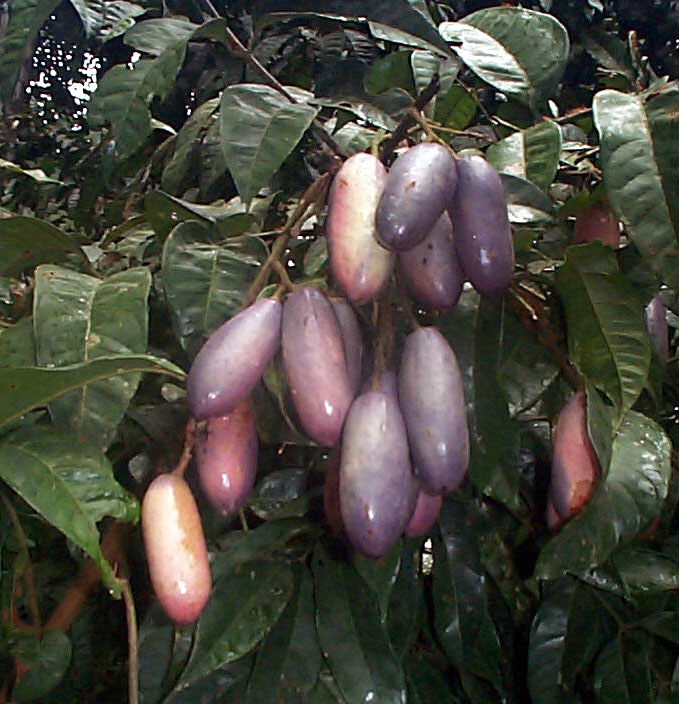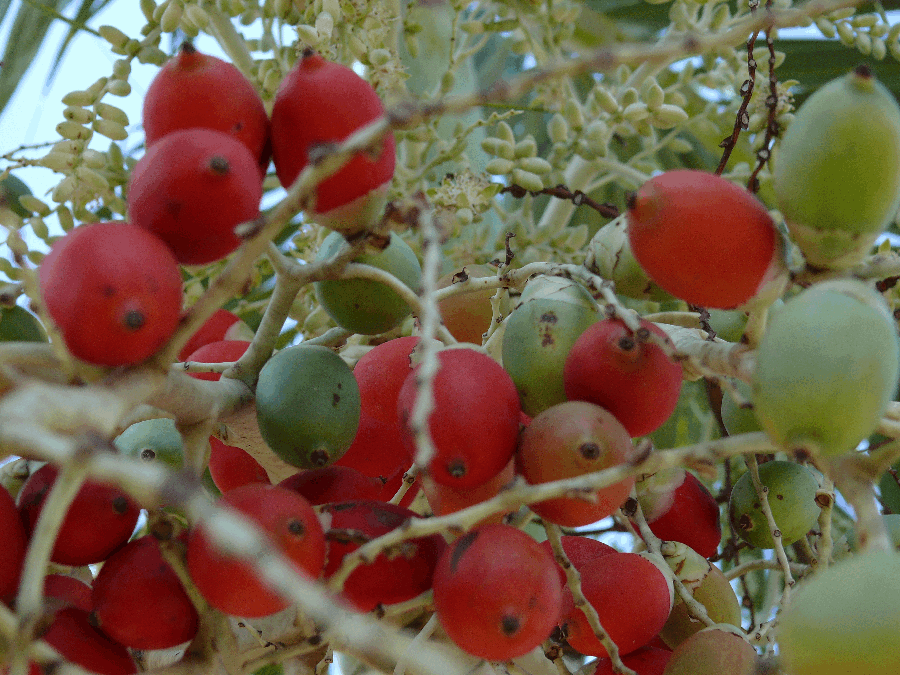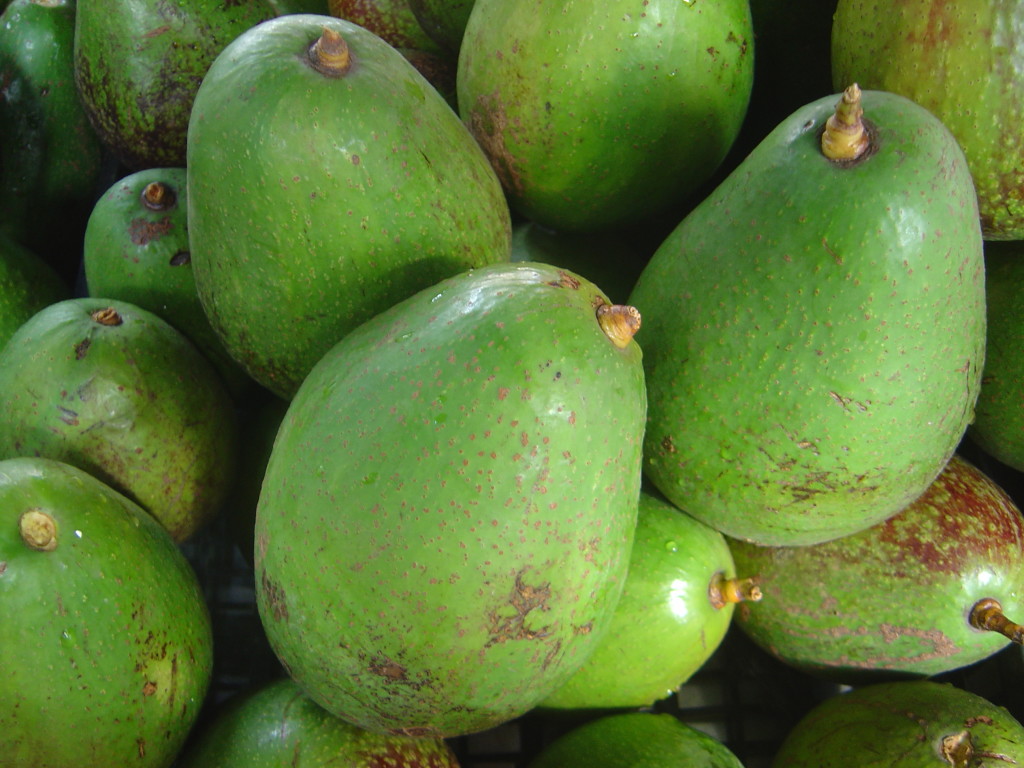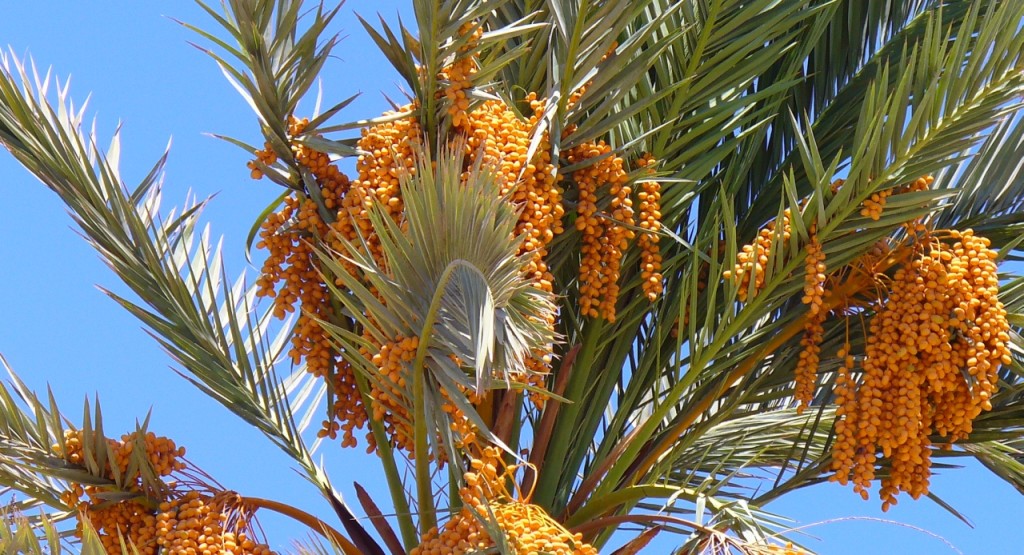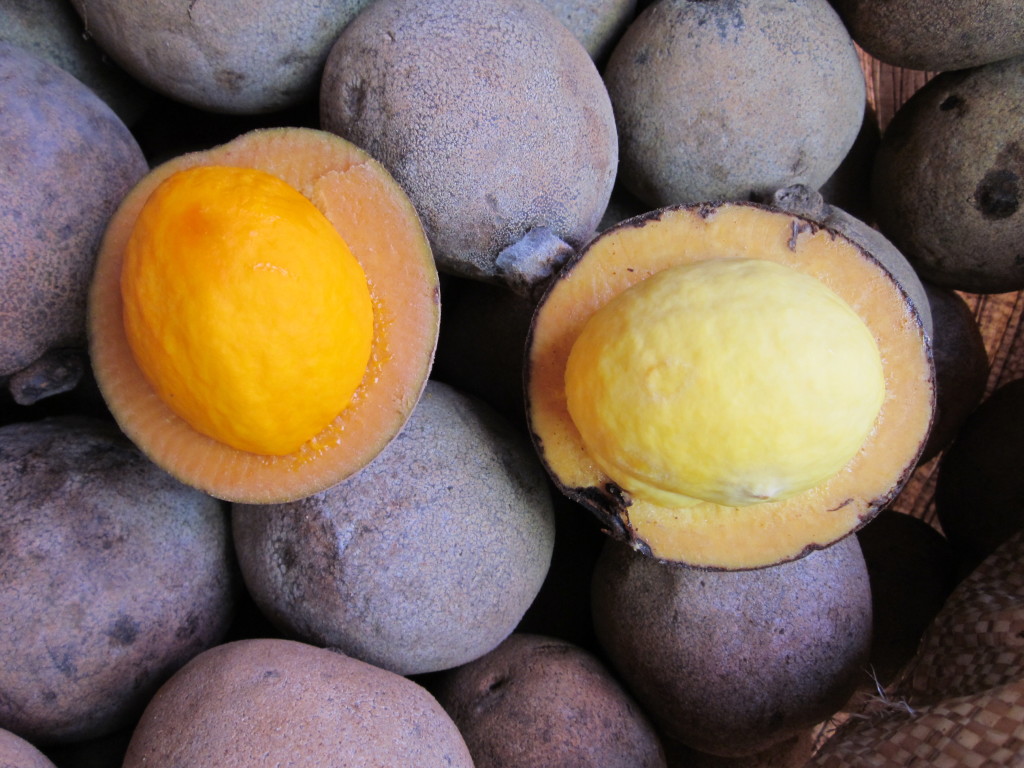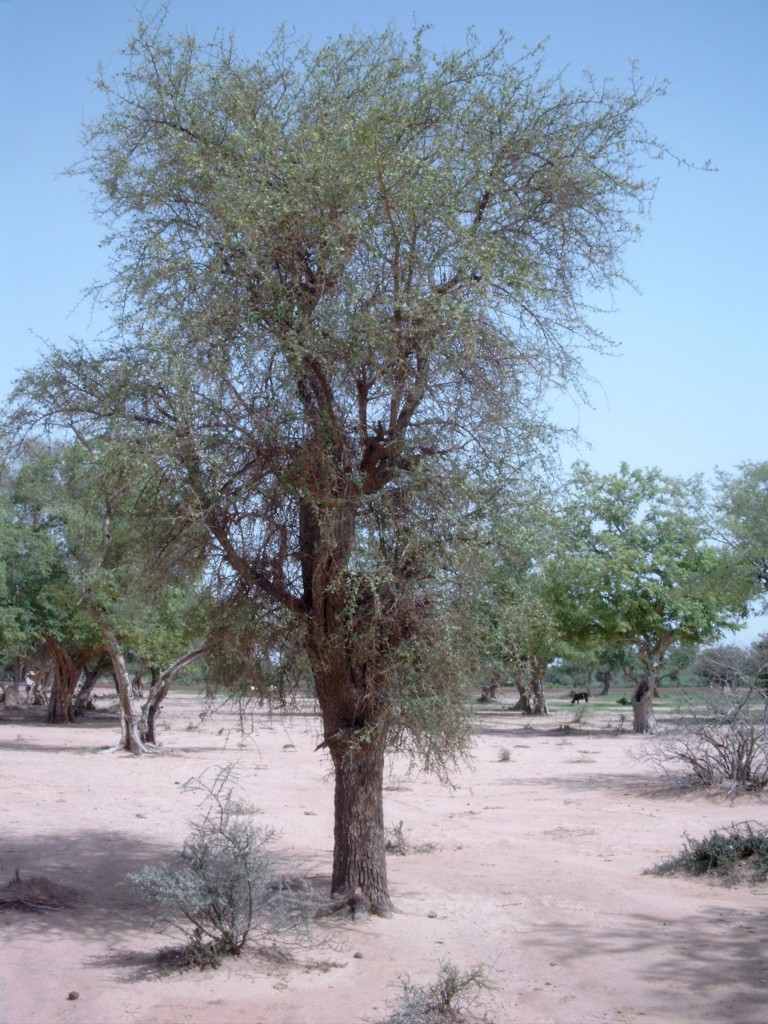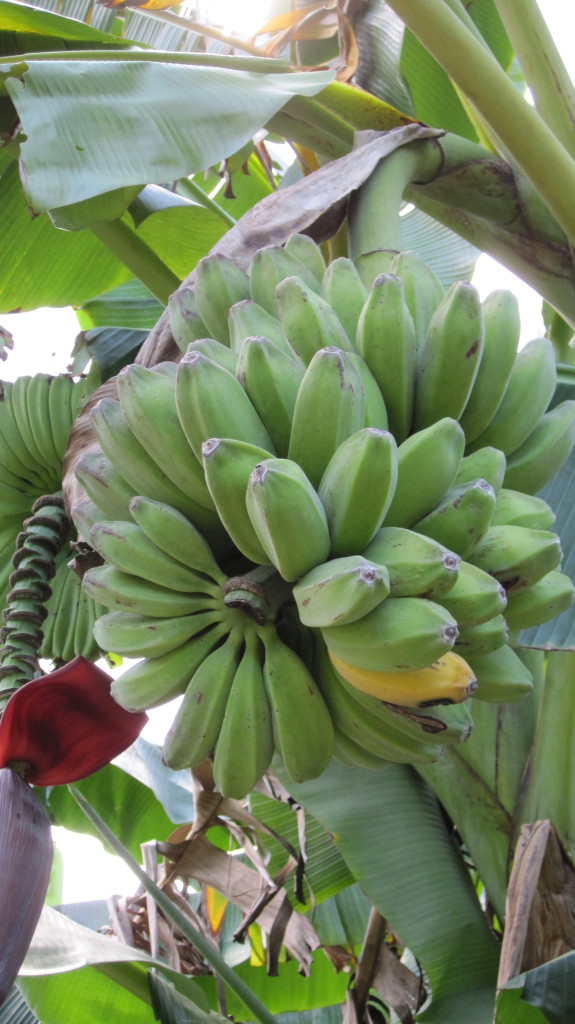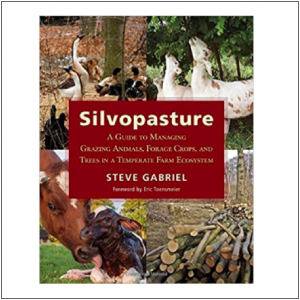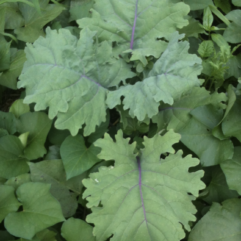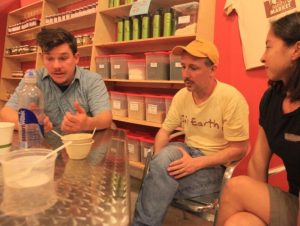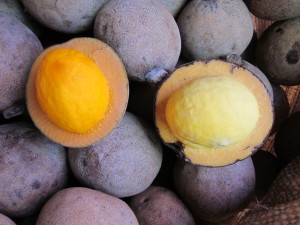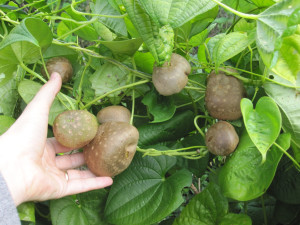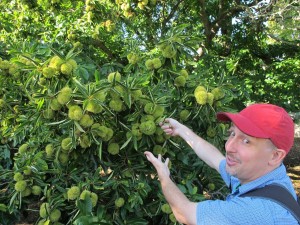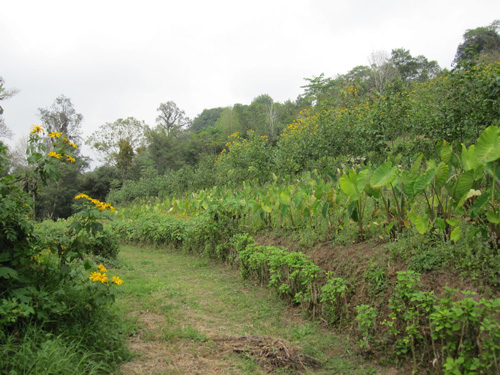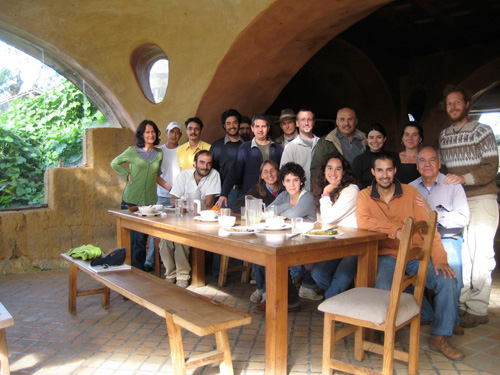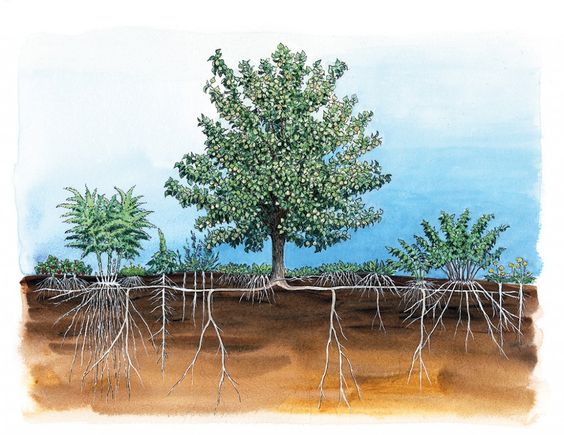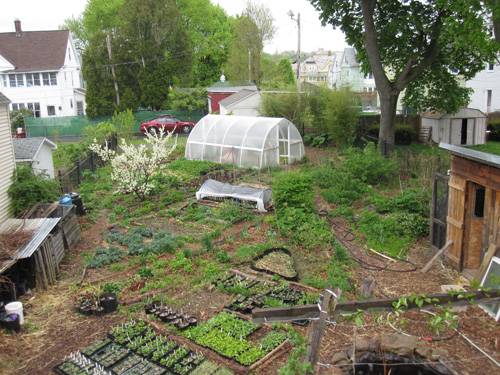This article is an excerpt from my book Carbon Farming: A Global Toolkit for Stabilizing the Climate with Tree Crops and Regenerative Agriculture Practices, and was part of a series promoting my kickstarter campaign to raise funds with which I completed the book.
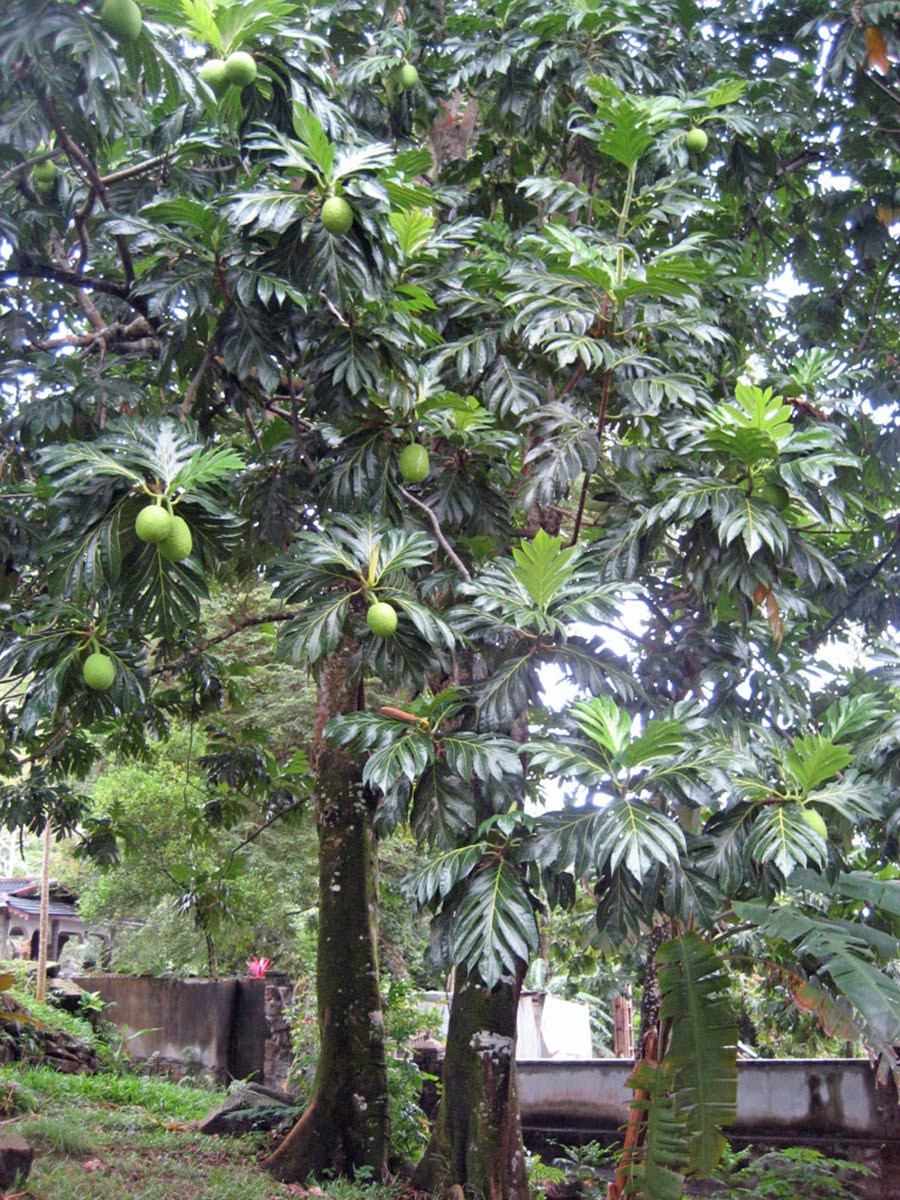
Staple fruits provide starch, protein, and fats from fresh fruits. This is a marvelous category of perennial foods and offers much promise in sequestering carbon. Sadly for those of us in cold climates, not even one of our perennial fruits are high enough in starch, protein, or fat to make the cut. In fact almost all of these are for humid tropical climates – probably because it takes a lot of sunlight and water to produce that much food value. My source for the data here is Janick and Paull’s remarkable Encyclopedia of Fruits and Nuts, with some help from Lost Crops of Africa Volume III , Plant Resources of Southeast Asia, and Useful Plants of Neotropical Origin. I’ll profile additional species in the book.
These “superfruits” can and should play an important role in carbon-sequestering agriculture, agroforestry, and productive reforestation efforts.
As my standard I determined that fruits should be used as a starchy vegetable or, when fresh, should demonstrate at least 5% protein or fat. I’ve also added the date palm, which though sugary rather than starchy has been an important staple for millennia. Percent starch figures are not available as most sources do not distinguish between dietary carbohydrates and inedible carbohydrates like starches and lignins. I hope to find more information to show that Pouteria species, for example, are as nourishing as they seem when eaten.
| Latin Name | Common Name | Origin | Climate |
Protein |
Fat |
Starch |
| Artocarpus altilis | breadfruit | New Guinea | humid tropical lowlands |
1.3 |
0.2 |
high |
| Artocarpus heterophylla | jakfruit | Asia | humid tropics and subtropics |
1.6 |
0.2 |
high |
| Artocarpus integer | champedak | Asia | humid tropics and subtropics |
2.5 |
0.4 |
high |
| Bactris gasipaes | peach palm | tropical Americas | humid tropical lowlands |
3.3 |
6 |
– |
| Balanites aegyptica | balanites | North Africa | arid tropics and subtropics |
1-8% |
<1 |
high |
| Blighia sapida | akee | West Africa | humid tropics |
24.30% |
45.50% |
– |
| Caryocar villosum | Pequia | Amazonia | humid tropics |
unknown |
64.5 |
– |
| Dacryodes edulis | safau, “Africado” | West Africa | humid tropics |
13.5-14.4% |
33-65% |
– |
| Gustavia superba | membrillo | tropical Americas | humid tropics |
10.3-10.8 |
52.4-63.2 |
– |
| Iryanthera laevis | cumala | Amazonia | humid tropics |
6.4 |
31.1 |
– |
| Musa acuminata, M. balbisiana, & hybrids | banana & plantian | Asia | humid tropics |
1 |
0.2-0.4 |
high |
| Persea americana | avocado | Mesoamerica | humid or monsoon tropics and subtropics |
1.0-1.5% |
9.3-21.8% |
– |
| Phoenix dactylifera | date palm | Middle East | arid tropics |
1.8 |
0.5 |
Sugar |
